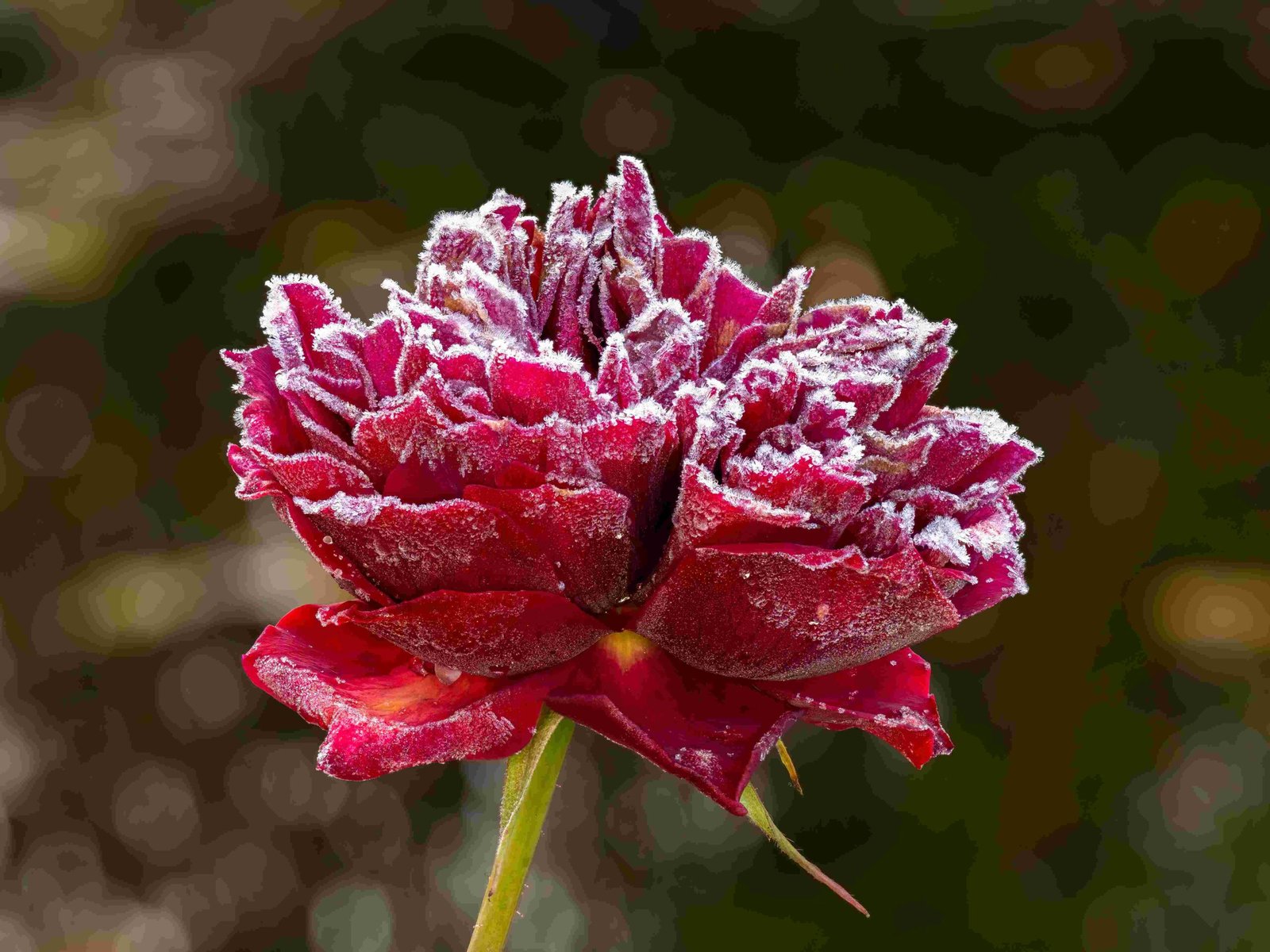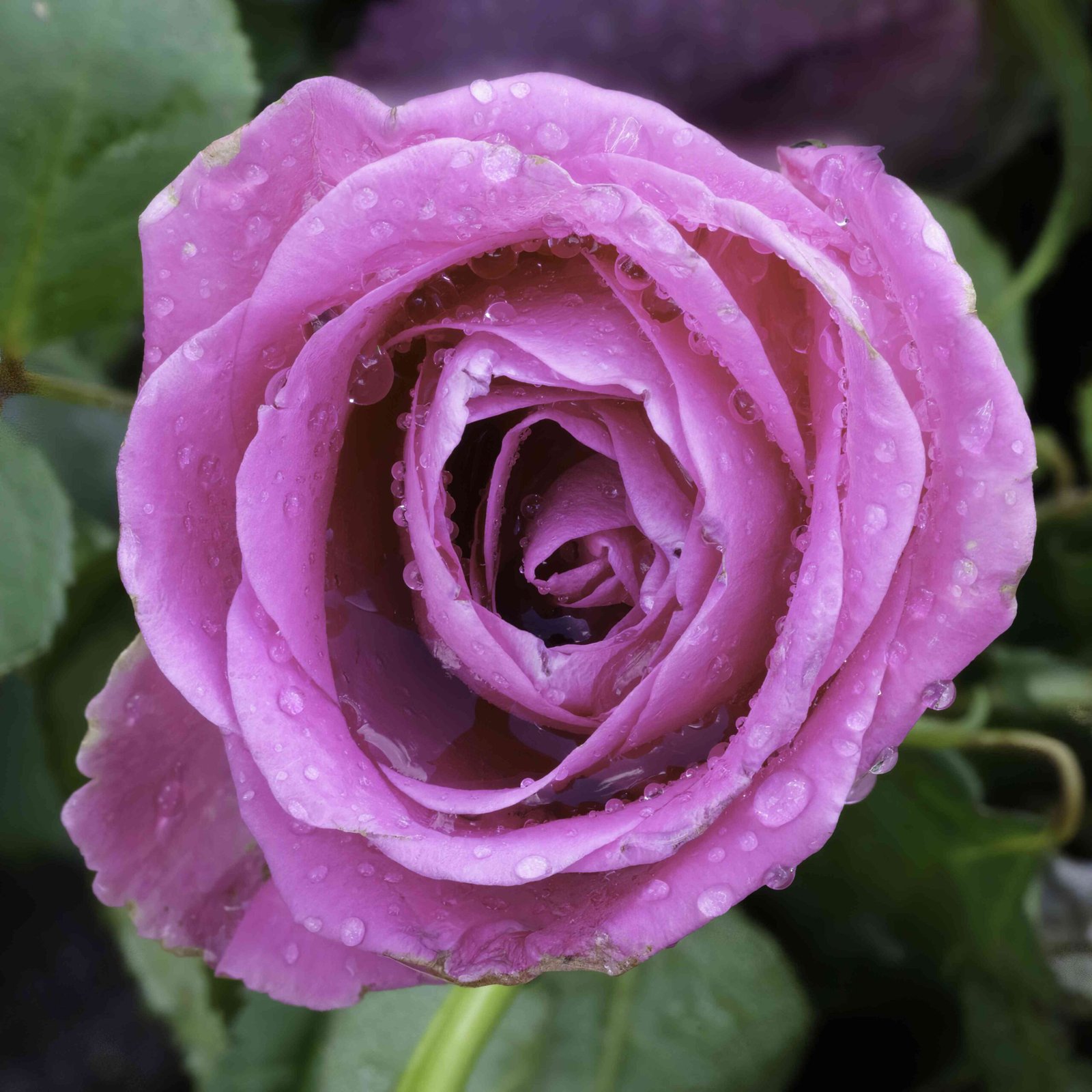What Soil Types and pH Levels are Ideal for Rose Bush Growth?

Ideal pH Range
Roses thrive in slightly acidic to neutral soil, with an optimal pH range of 6.0 to 6.9. A pH of 6.5 is often considered ideal[1][4][5].
Soil Texture
Roses prefer a loamy soil that drains well but retains moisture. An ideal mix is one-third clay, one-third coarse sand, and one-third decomposed organic matter. This texture ensures good aeration, drainage, and nutrient availability[3][4].
Soil Amendments
- To Raise pH (Too Acidic): Add lime, such as ground agricultural limestone. The amount needed varies with soil composition, with clay soils requiring more lime than sandy soils[1][4][5].
- To Lower pH (Too Alkaline): Use sulfur or aluminum sulfate. Sulfur takes longer to act, requiring soil bacteria to break it down, while aluminum sulfate acts more quickly[1][4][5].
- Organic Matter: Incorporate compost, alfalfa meal, or kelp meal to enhance soil quality and nutrient availability. These amendments support beneficial microorganisms and improve soil structure[3][4].
What is the Ideal Watering Schedule and Techniques for Rose Bushes?

General Watering Guidelines
- Moisture Levels: Roses need soil that is moist but not waterlogged. Aim for a soil that feels pliable and moist to the touch[3][4].
- Frequency: Water roses deeply once or twice a week, depending on weather conditions. Avoid frequent shallow watering, which can lead to weak root development[3].
Seasonal Watering Adjustments
- Spring and Summer: Increase watering frequency during hot and dry periods. Ensure the soil is consistently moist but not saturated.
- Fall and Winter: Reduce watering as the plants are dormant. However, ensure the soil does not dry out completely[3].
Climate-Specific Watering Techniques
- Drip Irrigation: This method is efficient and reduces evaporation and runoff. It delivers water directly to the roots, minimizing waste and reducing the risk of fungal diseases[3].
- Mulching: Apply a 2- to 3-inch layer of organic mulch around the rose bushes to retain moisture, suppress weeds, and regulate soil temperature[3].
What Fertilizers and Pest Control Measures are Recommended for Rose Bushes?
Fertilizers
- NPK Ratios: A balanced fertilizer with an NPK ratio of 10-10-10 or slightly higher phosphorus (e.g., 10-20-10) is suitable. Phosphorus promotes root development and flower production[3][4].
- Application Rates: Apply fertilizers according to the product instructions. Generally, apply 1/2 to 1 cup of organic phosphorus (like bone meal) per bush before planting. For ongoing care, use a balanced fertilizer every 4-6 weeks during the growing season[3][4].
- Organic Options: Alfalfa meal, kelp meal, and compost are excellent organic fertilizers that provide slow-release nutrients and support beneficial microorganisms[4].
Pest Control
- Common Pests: Watch for aphids, whiteflies, and black spot fungus.
- Products and Techniques:
- Insecticidal Soap or Neem Oil: For aphids and whiteflies, use insecticidal soap or neem oil according to product instructions.
- Fungicides: For black spot, use copper-based or organic fungicides. Apply these products early in the season and repeat as necessary, following the product’s instructions[3].
What Pruning Techniques and Companion Planting Strategies are Effective for Rose Bushes?
Pruning Techniques
- Timing: Prune roses in late winter or early spring, just before new growth begins.
- Tools: Use sharp, clean pruning shears to prevent spreading diseases.
- Cuts: Make clean cuts just above a bud eye (the small swelling from which a new shoot will emerge). Cut at a 45-degree angle, and remove any dead, diseased, or damaged wood[3].
Companion Planting
- Beneficial Companions: Plant marigolds, garlic, or chives near roses to deter pests and improve soil health.
- Avoid Competitors: Avoid planting trees or shrubs that compete with roses for water and nutrients. Keep the area around the rose bushes free from weeds to prevent competition for resources[3].
References
- Balancing Soil pH for Growing Roses by Steve Jones – [Santa Clarita Valley Rose Society][1]
- Preparing Garden Soil for Growing Roses – [The Spruce][3]
- Rose Soil Preparation: Tips For Building Rose Garden Soil – [Gardening Know How][4]
